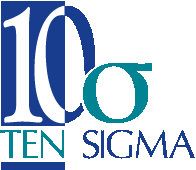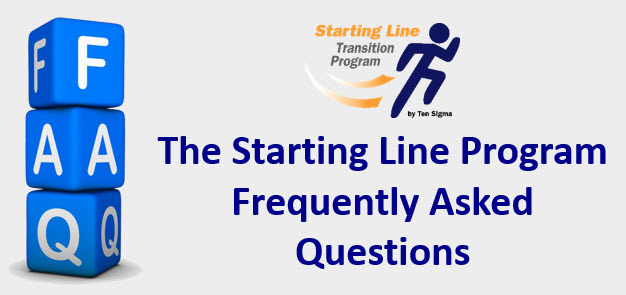1. I have freshmen and sophomores in my class. Which workbooks should I buy?
Count the number of freshmen in your class. Then purchase as many phase 1 workbooks as you have freshmen. Next year, you will need to buy Phase 2 workbooks for this year’s freshmen.
For current sophomores who are just beginning the Starting Line program, purchase one Fast Track workbooks for each sophomore. This is the only workbook you will need to purchase for the student because the Fast Track workbook is designed to be used all the way to graduation. Note: You may want to purchase a few extra of both manuals to have on hand (new students, student loss, etc.)




